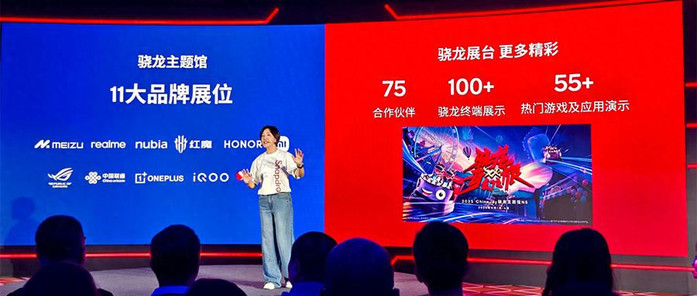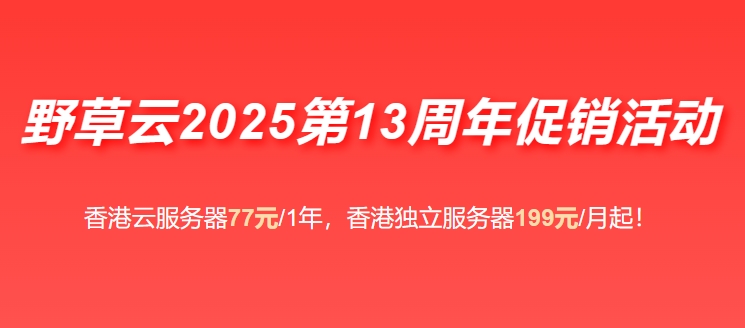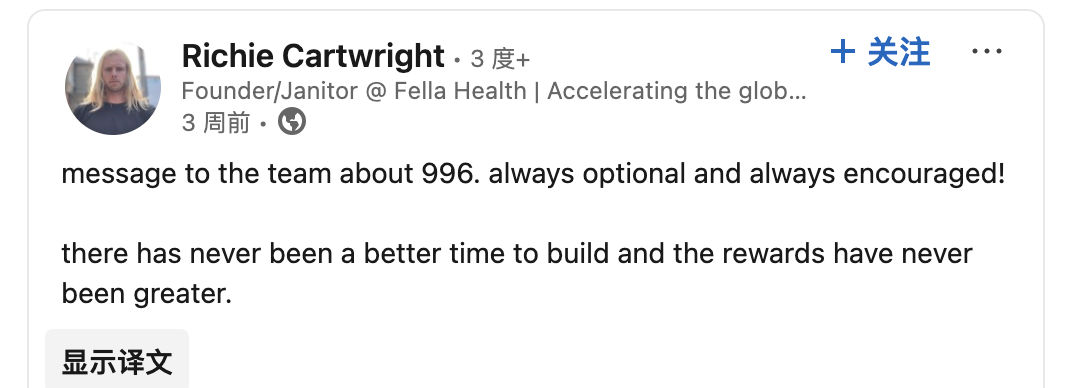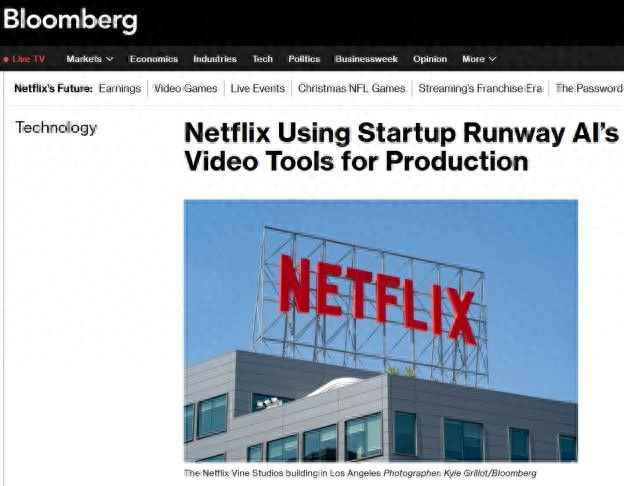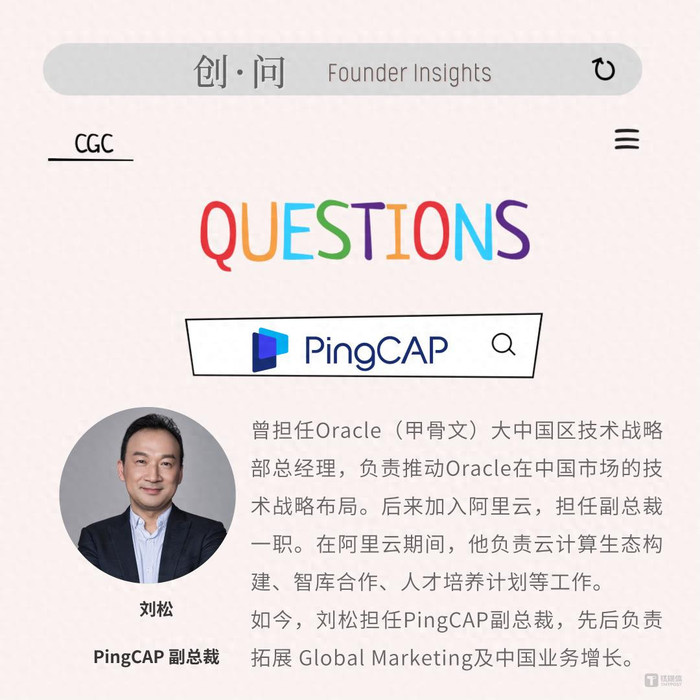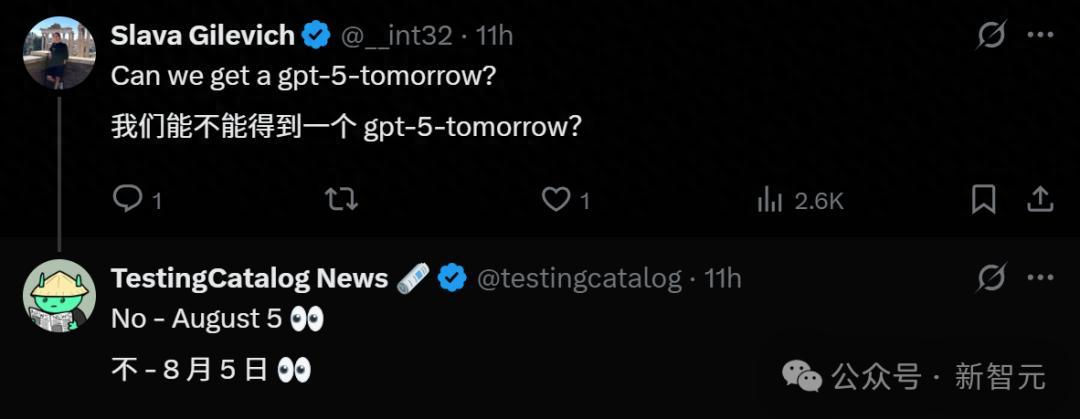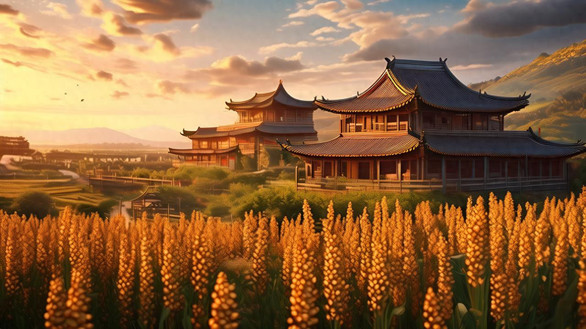
AI-generated image
AsianFin -- In the heart of Shanxi Province, the small county of Qingxu has quietly transformed one of China’s oldest culinary arts into a billion-yuan modern industry. Revered as the “Vinegar Capital of China,” Qingxu is marrying centuries-old brewing traditions with cutting-edge technology—an unlikely but potent combination that has turned aged vinegar into a fast-growing global export, wellness trend, and industrial success story.
Qingxu’s vinegar sector now generates over 6.5 billion yuan ($895 million) annually, produces nearly 800,000 tons of aged vinegar, and supports 100,000 jobs, according to local government data. That accounts for 20% of China"s total aged vinegar output and 80% of Shanxi’s, making the county the country’s largest production base by a wide margin.
Four dominant brands—Zilin, Shuita, Meijin, and Donghu—anchor a cluster of nearly 100 enterprises producing more than 200 varieties of vinegar, now exported to 30 countries and regions. From fermented condiment to functional health drink, Qingxu vinegar is evolving for a new era.
Smart Tech Meets Stoneware
The secret to Qingxu’s staying power is its dual embrace of ancient craftsmanship and industrial automation.
At Zilin Vinegar’s smart factory, rows of brewing vats have been replaced with AI-powered fermentation tanks that monitor temperature, humidity, acidity, and microbial activity in real time. The traditional five-step process—steaming, fermenting, smoking, leaching, aging—has been digitized and consolidated into streamlined systems that simulate the instincts of master brewers. Human labor has been cut drastically, while efficiency per production line is up 10.2%, and flavor retention has improved by 8%, the company says.
Meijin Vinegar has gone further, transforming more than 3,000 traditional brewing nodes into a digital knowledge base. In one example, a near-infrared spectrometer now governs the Maillard reaction in the critical “smoking” stage—formerly judged by feel—keeping deviation within a tight ±1.5% range. Robotic arms, not humans, now handle the leaching phase, pushing the factory’s product pass rate to 99.7%, up from 92%.
“Tradition isn’t static,” said a senior engineer at Meijin. “When we convert generations of brewing wisdom into data, we don’t dilute heritage—we scale it.”
The local government has underpinned this transformation with aggressive R&D support. A Shanxi Aged Vinegar Academy, created in partnership with Shanxi Agricultural University and national testing centers, has yielded 287 active patents, including 53 national-level inventions, and supported the standardization of health markers like flavonoid content in Qingxu vinegar.
From Table Condiment to Health & Wellness Staple
While aged vinegar remains a kitchen staple, Qingxu’s producers are tapping into China’s fast-growing health and wellness market to boost value. The product lineup now includes vinegar-infused garlic, herbal vinegar beverages, functional supplements, and even cosmeceuticals like aged vinegar shampoo and anti-aging face masks. Though niche, these products deliver much higher margins than traditional edible vinegar.
“Consumers today see vinegar not just as a flavor enhancer, but as a lifestyle product,” said a spokesperson from Shuita. “That shift has unlocked enormous value across the entire chain.”
Qingxu has built out this full-stack ecosystem: upstream, 10,000 acres of sorghum farmland; midstream, over 200 SKUs across six major categories; downstream, a growing network of e-commerce, logistics, tourism, and healthcarebusinesses.
As China’s domestic consumers grow more health-conscious, Qingxu’s aged vinegar—once viewed as a humble seasoning—is now marketed as a natural antioxidant and immune booster. Vinegar drinks have gained traction among urban wellness circles, while tourist experiences like vinegar-themed museums and wellness spas are turning Qingxu into a culinary destination.
The momentum hasn’t gone unnoticed. At the recent 6th International Acetic Acid Bacteria Symposium, Chen Jian, an academician at the Chinese Academy of Engineering, called on industry leaders to “drive breakthroughs in flavor through technological innovation” and “enhance nutritional value by reconfiguring production factors.”
Qingxu is already on that path. With a goal to produce one million tons annually and reach 10 billion yuan in output value, the county is angling to become not only China’s vinegar hub but a global leader in fermented health foods.
For Qingxu, it’s not just about preserving tradition—it’s about evolving it. Much like a bottle of aged vinegar, the longer it matures, the more valuable it becomes.


